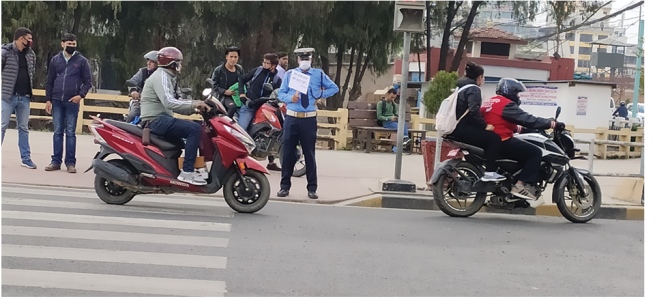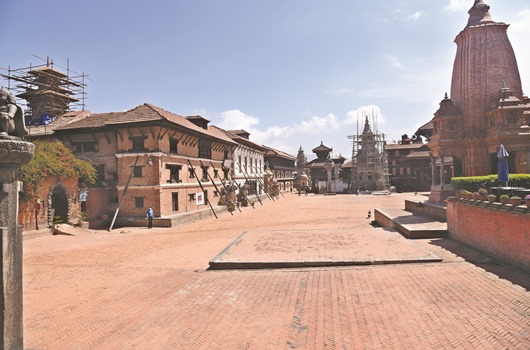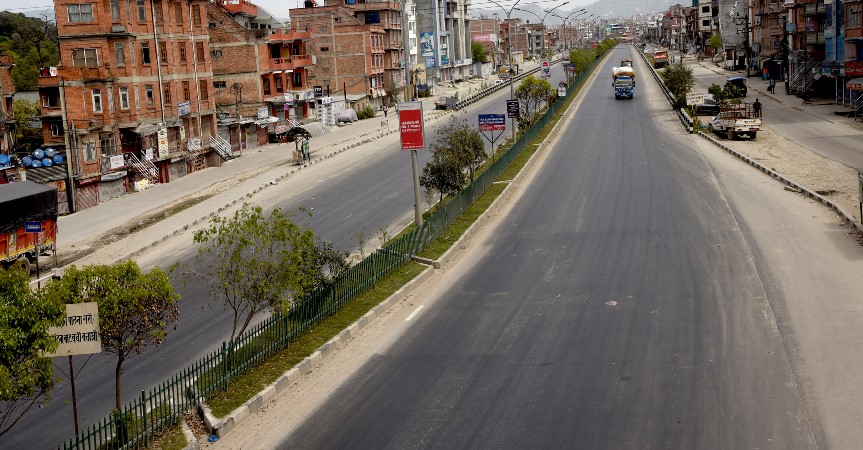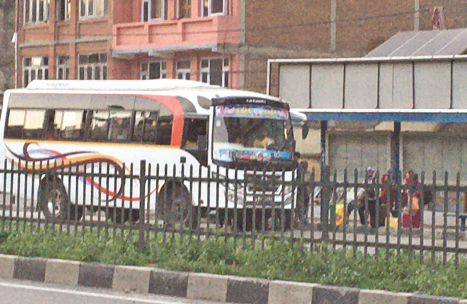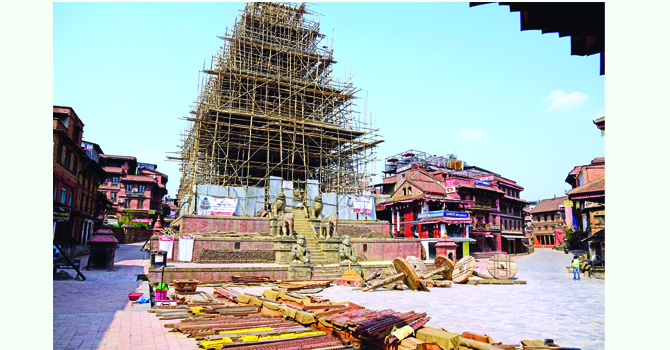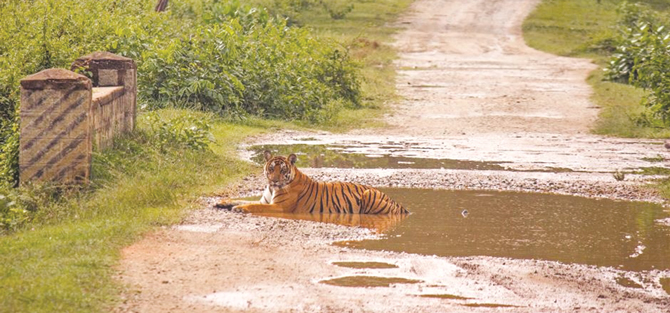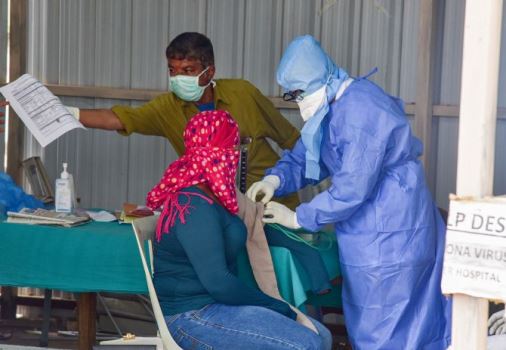Early warning key to minimise monsoon risks

By Indira Aryal
Kathmandu, June 22: The nation has suffered massive devastation in a week after the monsoon rains began, killing at least 18 and maiming others, mostly in the hilly and mountainous districts. Scores have gone missing. Manang and Sindhupalchowk districts suffered the most as they received higher rainfall, resulting in massive floods and landslides during that period. According to Barun Poudel, senior meteorologist at the Department of Hydrology and Meteorology (DHM), heavy rainfall was predicted as early as possible and it was already forecast that rainfall this year would be heavier than normal.
Monsoon started two days earlier (June 11) this year and will last until October 2.
“The rain is not the only reason behind the disaster. Other factors like weak infrastructure development and unmanaged urbanisation are also reasons behind the tragedies,” he added.
Monsoon started with active precipitation this year and wreaked havoc in some districts but bigger disaster may befall in July and August as these months will see more rainfall,” Poudel said.
There should be preparedness and awareness about the risk of monsoon at the community level. All the concerned governing bodies should work actively as per their role. “We are a technical team. We have a responsibility to forecast weather conditions but other concerned bodies should complete their tasks actively in alerting people, in working to minimize losses and rescue if a disaster strikes,” he said.
The monsoon remains passive sometimes and is active at other times during its course. Rainfall this year is predicted heavier (over 1500 millimetres) than previous years in all the mountainous districts other than in Province 2, Poudel informed.
Bishwo Prakash Aryal, spokesperson for National Disaster
Risk Reduction and Management Authority (NDRRMA) said that massive monsoon flood and landslide in the first week of monsoon was not expected and that, he maintained, happened for the first time in history. “We are working for the preparedness, rescue process and community training programme. We have developed an early prediction system of landslides in coordination with the Department of Mines and Geology. The programme has been implemented in nine districts of the country as a trial.”
“The government is working actively to minimise the damage wrought by landslide and floods. National Disaster Risk Reduction Strategic Action Plan 2018-2030 has also been prepared and NDRRMA has been working in line with this Plan,” he said. The NDRRMA has also prepared a list of districts, both mountainous and lowland, which are projected to be at high risk of landslides and floods this year, he added.
According to Aryal, it is estimated that over 1.8 million people could be impacted by monsoon-related disasters this year.
Ajaya Dixit, water resources expert and executive director of the Institute for Social and Environmental Transition (ISET-Nepal), said that the monsoon-induced problems were not new in the country and that they had been occurring every year as natural phenomena.
“There are multiple factors, multiple processes, and cascading failures cause disasters. It is not only the case of Sindhupalchowk, this kind of tragedy could happen everywhere in the country,” Dixit said.
“Everyone knows it rains in the monsoon, and this is an ongoing process of nature, our land is ecologically fragile. But the graver problem is unmanaged, unplanned and poorly-designed infrastructure development,” he said.
Dixit added, “The land is already weakened by earthquakes, and water absorption can cause landslides even with a moderate amount of rainfall, so there should be preparedness for the disaster.”
There is an effective early prediction system in weather. Rescue operation is also going well but the only lacking part is ecological research and study while constructing infrastructures. All three levels of government should give priority to educating people about the risk monsoon entails, he added.
Our topography is geologically young, so there should be a proper study on the ecology and the environment during the development process to minimise damage, Dixit noted.
Recent News

Do not make expressions casting dout on election: EC
14 Apr, 2022
CM Bhatta says may New Year 2079 BS inspire positive thinking
14 Apr, 2022
Three new cases, 44 recoveries in 24 hours
14 Apr, 2022
689 climbers of 84 teams so far acquire permits for climbing various peaks this spring season
14 Apr, 2022
How the rising cost of living crisis is impacting Nepal
14 Apr, 2022
US military confirms an interstellar meteor collided with Earth
14 Apr, 2022
Valneva Covid vaccine approved for use in UK
14 Apr, 2022
Chair Prachanda highlights need of unity among Maoist, Communist forces
14 Apr, 2022
Ranbir Kapoor and Alia Bhatt: Bollywood toasts star couple on wedding
14 Apr, 2022
President Bhandari confers decorations (Photo Feature)
14 Apr, 2022



